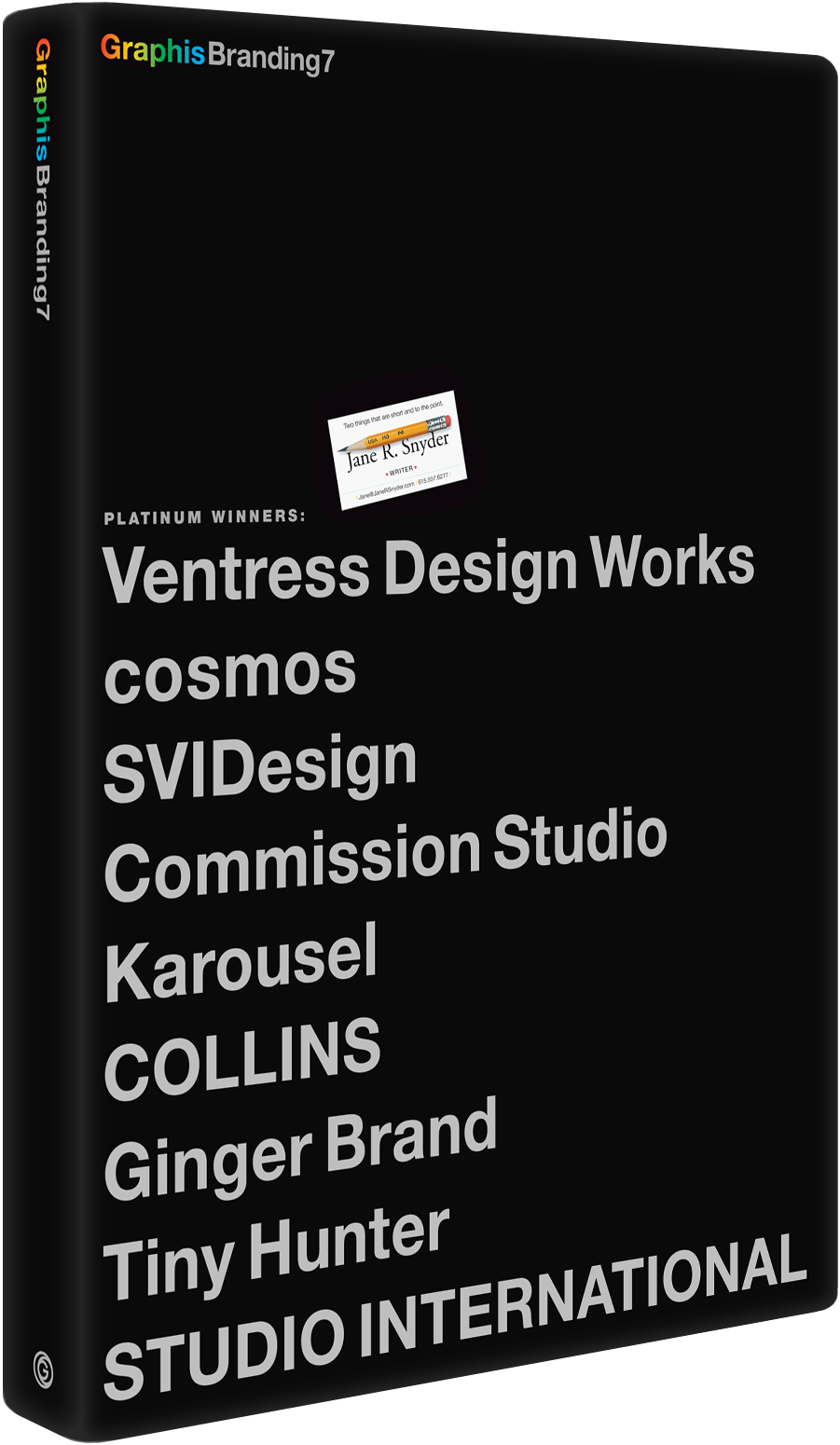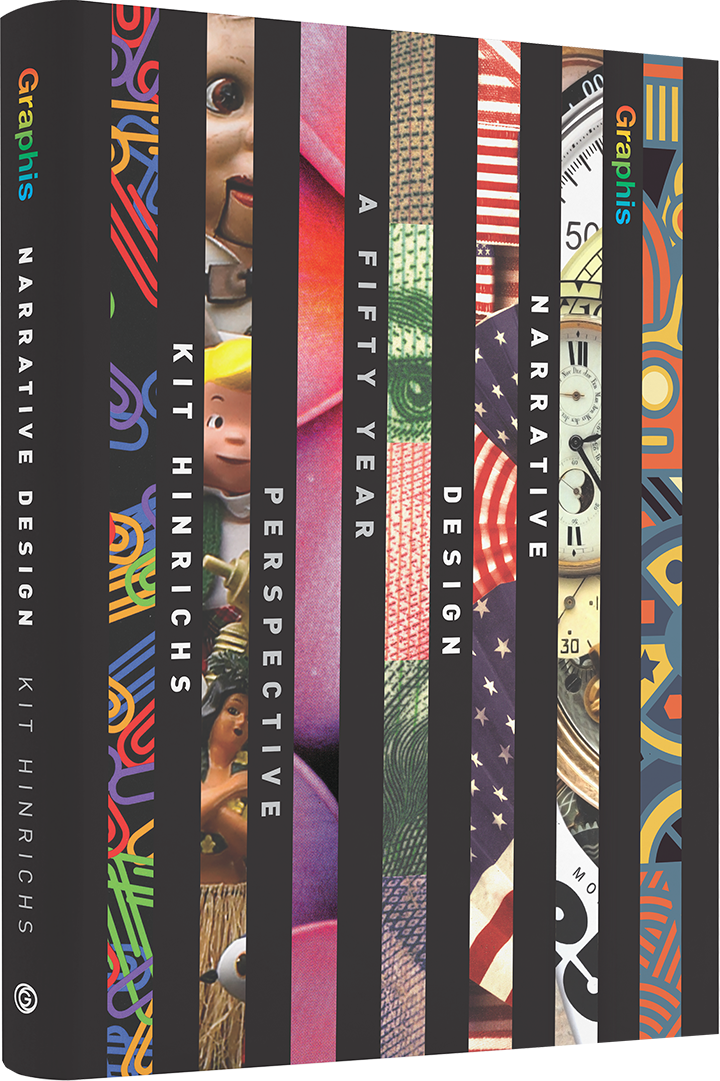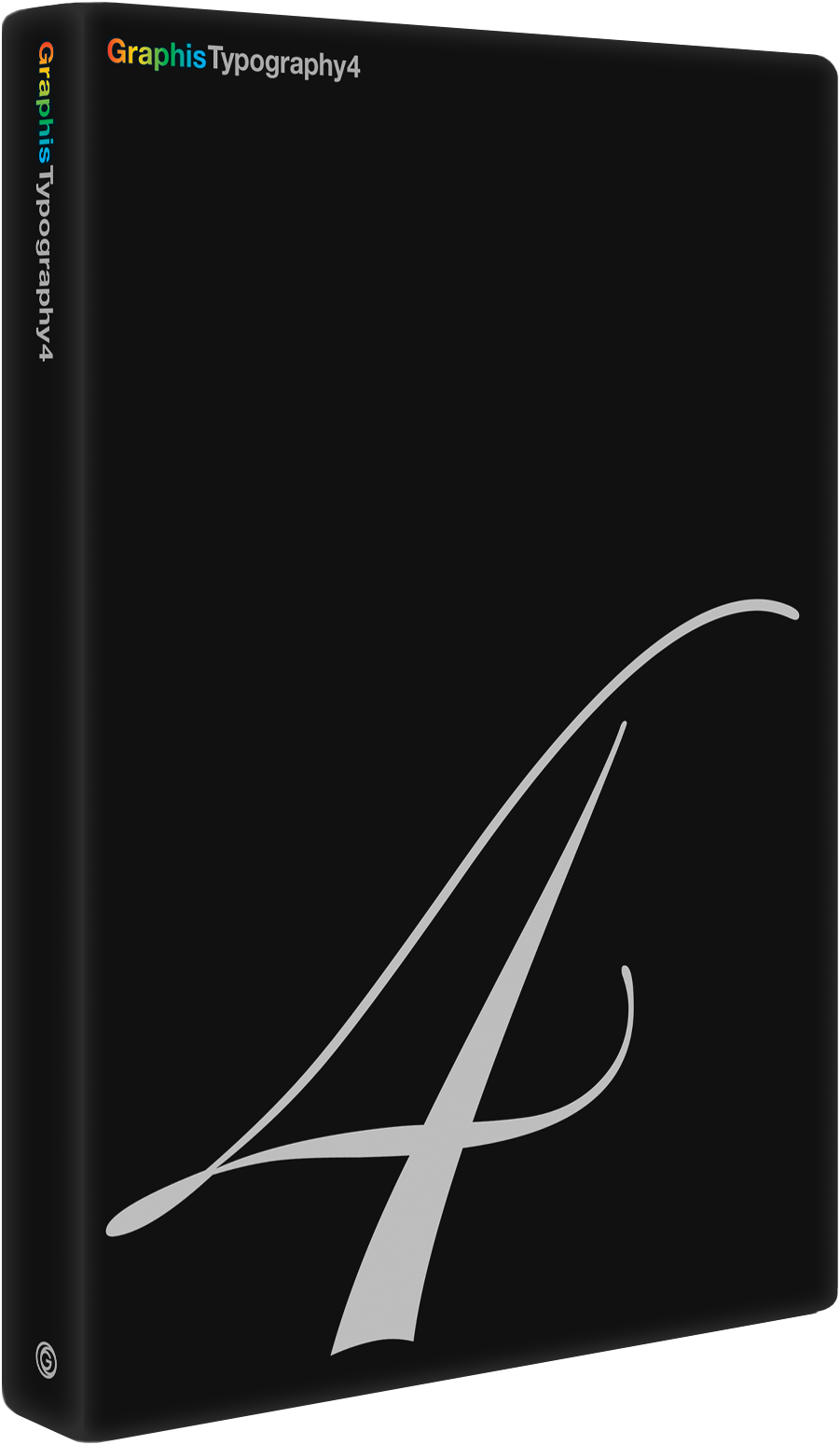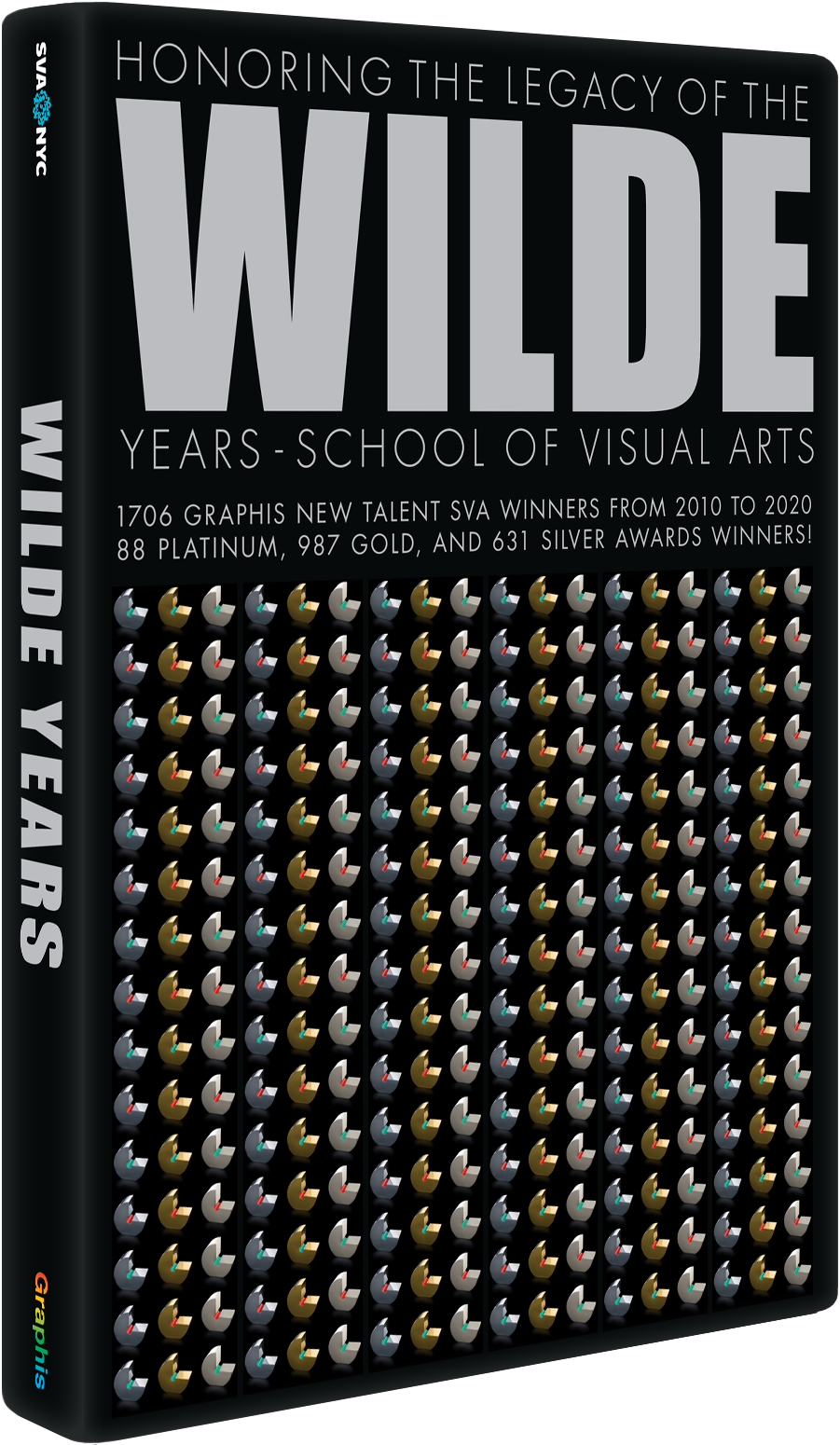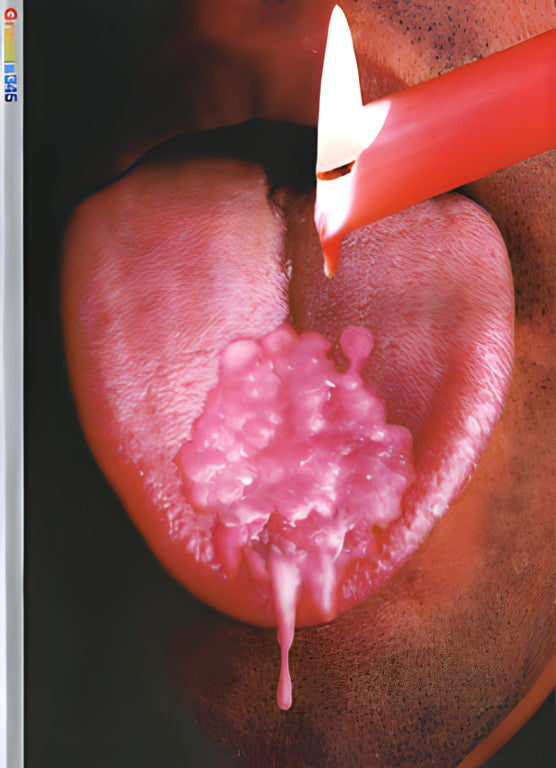How a Super 8 Camera and Lou Reed Inspired a Legend: Timothy Greenfield-Sanders
Picture this: a young kid from South Florida, stumbling upon the enigmatic world of The Velvet Underground, gets entranced by Lou Reed's cryptic lyrics and Andy Warhol's iconic banana cover art. Fast forward to this kid in Coconut Grove, realizing the New York scene had a bit more flair than his hometown. So, he does what any rational person would: buy a Super 8 camera and dive headfirst into the underground film world.
Fast forward a few decades, and Timothy Greenfield-Sanders is no longer just a kid with a camera. He's a celebrated photographer and filmmaker whose portraits of the famous and influential have left an indelible mark. He's behind the USPS George H.W. Bush "Forever" stamp and has 700 portraits in prestigious collections at the Museum of Modern Art and the Museum of Fine Arts, Houston. For 27 years, his work graced the pages of Vanity Fair, and his contributions to Barron's and the SoHo Weekly News further cemented his reputation. His first documentary film, Lou Reed: Rock and Roll Heart, won a Grammy. His latest film, Toni Morrison: The Pieces I Am, delves into the extraordinary life and artistry of the Nobel laureate. And now, he's here to answer our questions because, let's face it, documenting counterculture was just the start of this wildly exciting ride.
Introduction by Peter Halley, Artist
For over forty years, Timothy Greenfield-Sanders has pursued a single project with remarkable intensity. Through portrait photography and video documentaries, he has, with ceaseless energy and obsessive dedication, chronicled the people of his time. The magisterial scope of his project is equal to the vast chronicles assembled by Atget and Warhol. Greenfield-Sanders’ sensibility is austere, ascetic, and elegant. Cool mastery of craft is central to his work. He records his subjects with a minimum of effect. His work is never settled. It embraces both the stark objectivity of the police mug-shot and the idealizing beauty of the Roman portrait bust. Greenfield-Sanders’ projects are radically inclusive. He has documented an enormous variety of people, young and old, renowned and obscure, privileged and marginal, friends and strangers. But it is also intently exclusive. He exclusively chronicles people who are doing things—artists, writers, musicians, politicians, activists, business people, and porn stars. His work speaks to an almost scriptural command: life, to be lived fully, must be given over to the need to express, create, invent, or lead.

What inspired or motivated you in your career initially?
In my mid-teens, I discovered the music of The Velvet Underground and the lyrics of Lou Reed. Andy Warhol had designed the now legendary “banana” cover for the Velvet’s album. I remember being fascinated by the sleeve photos, and that led to an interest in Warhol himself, the Factory, and the types of underground films he and his superstars were making. I quickly bought a Super 8 camera! For a kid from South Florida, the New York scene certainly appealed more than Coconut Grove. A decade later, many Warhol superstars sat for my large-format camera.
Why portraiture?
Portraiture actually came later. It was counterculture filmmaking and documentary-style shooting that intrigued me. Aside from Warhol’s film work, Jack Smith really impressed me. A few years later, while studying art history at Columbia University, I met Jack through a Warhol friend, Tally Brown, and assisted him on some projects. Working with Jack helped me see things in a different way.
You mentioned in our phone conversation that you remember everything. Do you see this as a curse in some ways because of all the people you interact with? What do you think contributes to your ability to remember these details so clearly?
I don’t remember saying that! Okay, I’d say that I once had a great memory, but now I wish I’d written down more of the details. My advice to readers: write it all down. Memory is quicksand.
How would you describe your work philosophy?
As usual, Lou Reed said it best in his song “Work” from Songs for Dreila, his masterwork about Warhol:
“Andy was a Catholic; the ethic ran through his bones
He lived alone with his mother, collecting gossip and toys
Every Sunday, when he went to church
He’d kneel in his pew, and he’d say, ‘It’s just work...
All that matters is work.’
He was a lot of things, what I remember most
He’d say, ‘I’ve got to bring home the bacon
someone’s got to bring home the roast.’
He’d get to the Factory early
If you’d asked him, he’d have told you straight out
‘It’s just work!’
No matter what I did, it never seemed enough
He said I was lazy; I said I was young
He said, ‘How many songs did you write?’
I’d written zero; I’d lied and said, ‘Ten.’
‘You won’t be young forever; you should have written fifteen; it’s work!’
It’s work; the most important thing is work
It’s work…”
Who is or was your greatest mentor?
At the American Film Institute, I met Alfred Hitchcock and Bette Davis separately. Both of them saw something in me and gave me tough advice, guidance, and, most importantly, confidence. They saw my talent as a photographer before I did. I’ll always be indebted to them.
Lou Reed is certainly another, but different. Not really a mentor, per se. By the time I finished my documentary on Lou’s life, we were very close friends. Lou was one of those rare people that, if you are lucky, you get to know well. He was monumentally talented and creative. I miss him every day.
What is the most difficult challenge that you’ve had to overcome professionally?
My lack of humor.
Who were some of your greatest past influences?
Jasper Johns, Toni Morrison, Julia Margaret Cameron, Edward Albee, Elaine May, Mike Nichols, Tennessee Williams, Lou Reed, Andy Warhol, David Wojnarowicz, Avedon, W.C. Fields, Penn, Gloria Steinem, Sheila Nevins, RFK, MLK, and Beyoncé.
Who among your contemporaries today do you most admire?
Cindy Sherman, William Wegman, Mike and Doug Starn, Marilyn Minter, Annette Lemieux, Patricia Cronin, Deborah Kass, Peter Halley, Laurie Anderson, Francesco Clemente, and David Hammons.
What would be your dream assignment?
I don’t think about dream assignments. I generate my own work based on what interests me. I make films, find the financing, direct, produce, and photograph the subjects. Certainly, back when editorial was king, it was fun to photograph the President at the White House or some celebrity, but that world is long gone for me.
Who have been some of your favorite people or clients you have worked with thus far?
I don’t define myself by my commercial work. I was happy to have it, but it was a means to an end. Museum exhibitions, gallery shows, filmmaking—those are primary for me.
What are the most important ingredients you require from a client to work successfully?
75% payment before the job starts.
What is your greatest professional achievement?
I’m proud of my films and my work as a photographer. If I had to narrow it down, I’d probably pick my exhibition of 50 oversized images from “The Black List” series at the National Portrait Gallery in Washington, DC, in 2014. My recent exhibition at the Annenberg Space for Photography wasn’t chopped liver, either, as they say.
What is the greatest satisfaction you get from your work?
I still enjoy what I do. Each time I shoot a portrait, I learn a little something new. I get better. That’s a good feeling.
What part of your work do you find most demanding?
Answering Q & A profiles.
What professional goals do you still have for yourself?
EGOT. I have the Grammy so far!
What advice do you have for photography and film students starting out today?
Don’t try to prove you can do everything as a photographer… still life, landscapes, portraits, etc. You can’t. Find one area you really love.
What interests do you have outside of your work?
Testing sphygmomanometers. Great fun.
What do you value most in your career? In your life?
It sounds so corny, but my family and friends. Uh, just typing these words is so icky.
What would you change if you had to do it all over again?
My name. It’s so fucking long!
Where do you seek inspiration?
From the kids of Marjory Stoneman Douglas High who are fighting for gun control.
How do you define success?
I don’t know... how’s this?
Suc·cess, noun
The accomplishment of an aim or purpose. “The president had some success in restoring confidence.” Synonyms: favorable outcome, successfulness, successful result, triumph; Hollywood ending. “The success of the scheme.”
The attainment of popularity or profit. “The success of his play.” Synonyms: prosperity, affluence, wealth, riches, opulence. “The trappings of success”
A person or thing that achieves desired aims or attains prosperity. “I must make a success of my business.” Synonyms: triumph, bestseller, blockbuster, sellout.
What’s on the horizon for you? Wikipedia says this film came out in 2019!!
I’m directing and producing American Masters: Toni Morrison for PBS. Toni first sat for me in 1981, and we have remained friends these 37 years. I’m honored to make a film about her spectacular life. There is no one like her!
How would you like to look back on your career?
With regret that I didn’t work harder!
Photographer/filmmaker Timothy Greenfield-Sanders is known for his strikingly intimate portraits of world leaders and prominent cultural figures. From presidents to porn stars, artists to Oscar winners, Timothy’s work defines a specific cultural photographic canon of our time. Timothy has produced and directed twelve feature documentaries to date. He won a Grammy Award for his 1998 film Lou Reed: Rock and Roll Heart and a NAACP Spirit Award in 2009 for The Black List: Volume 1. His most recent film, The Trans List, is currently on HBO and was nominated for a 2016 GLAAD media award. Timothy has published numerous books, including The Black List (Atria), The Latino List (LPC), The Out List (LPC), Movie Stars (Skira), Face To Face (Skira), Look (Powerhouse), XXX: 30 Porn-Star Portraits (Bulinch), Timothy Greenfield-Sanders (ACS), and Art World (Fotofolio).
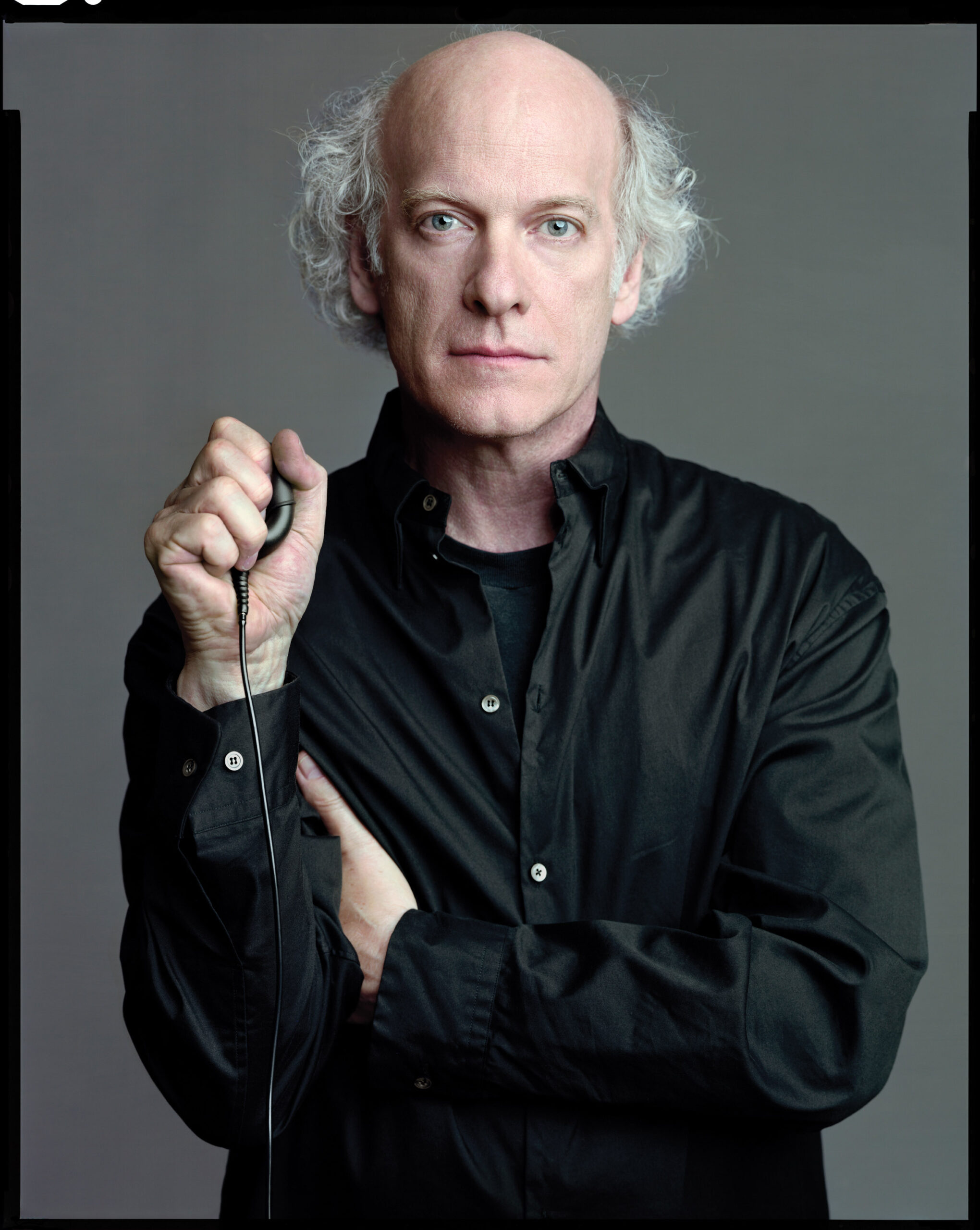
Social: Instagram, X, Facebook
To discover other issues of the Graphis Journal, click here.
You may also like
Takashi Matsuda Turns Lab Discoveries Into Mind-Bending Posters
Takashi Matsuda of 246 Graphics brings a painter’s intuition to the rigor of scientific inquiry, turning complex…
Read MoreSunlight, Foam, and Perfect Pours: Carlsberg Like You’ve Never Seen
A simple beer has never looked this good. Jonathan Knowles, the photographer who is awarded Gold in…
Read More
Related Annuals & Publications
View AllBecome a Graphis Member
- 1-Year Membership Subscription
- Enjoy 50% off on Call for Entries
- 1-Year FREE Subscription to Graphis Journal
- Your Portfolio online with profile + links
- Get 20% off on Graphis Books
